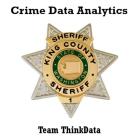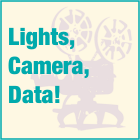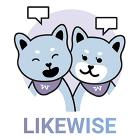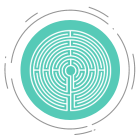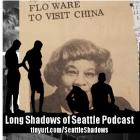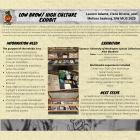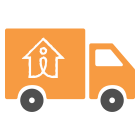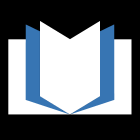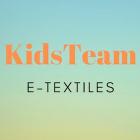
KidsTeam E-Textiles
What can adults do to make a fun new program for kids? KidsTeam E-Textiles brought kids to the design table and asked them how to make a successful library program for other kids their age. Our multi-generational team worked on exploring e-textiles in the public library setting, through hands on engagement with technology. Kids, teen support volunteers, and the local librarian gave us feedback on pacing, instruction, and tools that would make the program run smoothly. We used all of this to create a website for SPL’s Digital Media Learning Program that has resources, design feedback, and our session plans.

